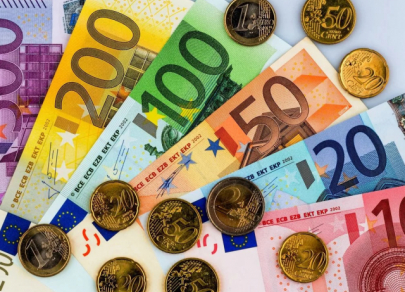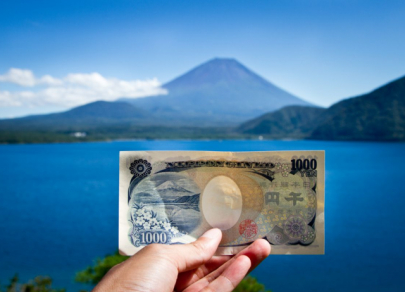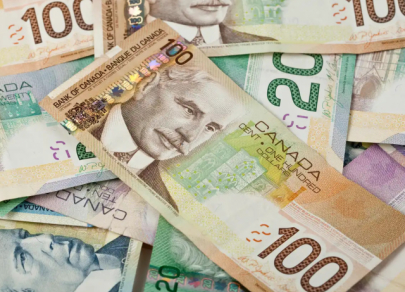FX.co ★ Top 5 most popular reserve currencies
Top 5 most popular reserve currencies
1st place – US dollar
The topic of de-dollarization has been widely discussed in economic circles for years, but the greenback continues to reign supreme as the world's most trusted reserve currency, especially in times of economic uncertainty and crises. Many central banks favor the dollar due to its stability, liquidity, and its central role in global transactions. Today, the US dollar accounts for about 59% of all global reserves, equivalent to nearly $7 trillion.

2nd place – Euro
Launched in 1999, the euro quickly gained ground thanks to the stability of the euro area’s economy. Despite occasional crises in the region, the euro remains a significant player in global finance. Many central banks choose the European currency for its prominent role in international trade. Currently, the euro is the second most popular reserve currency, representing around 20% of global reserves, or approximately $2.3 trillion.

3rd place – Japanese yen
The Japanese yen ranks third among the most popular reserve currencies in the world. It accounts for about 6% of global reserves, totaling more than $654 billion. Despite its relatively small share, the yen remains vital for central banks thanks to Japan's stable economy and its influence on Asian financial markets. However, the yen's value has been vulnerable due to the country’s low interest rate policy and several rounds of currency intervention.

4th place – British pound sterling
The British pound sterling holds the fourth position on the list of the world’s top reserve currencies, representing roughly 5% of global reserves, or about $563 billion. While the pound’s share of global reserves has declined from its all-time highs, it remains a key currency for central banks. The strength and stability of the UK’s economy continue to make sterling an attractive asset.

5th place – Canadian dollar
The Canadian dollar accounts for 3% of global reserves, equivalent to nearly $296 billion. Despite its relatively small share, the loonie is becoming increasingly popular among central banks. This growth is driven by Canada's stable economy, open trade policies, and the ease of conducting transactions in Canadian dollars. Central banks also value the currency for its high yield and relatively low volatility.






















